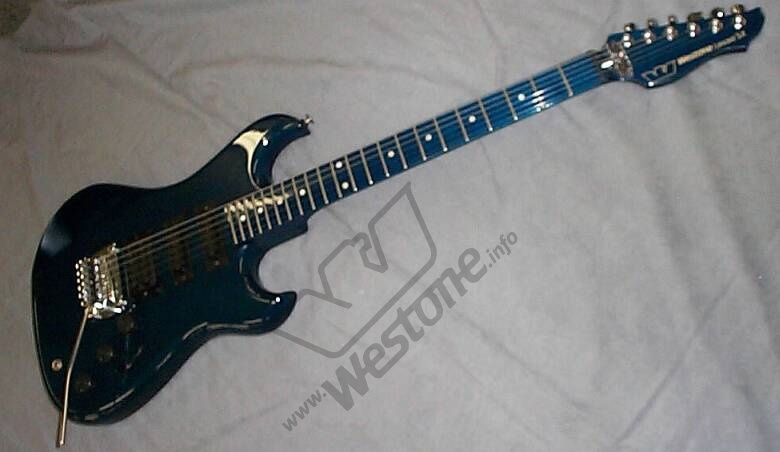

They have 1,000k pots, and I swap them out to 500k which takes the edge off the treble. They’re really trebly, though, so I change the pots. Fender guitars are great for touring because they’re so solid. I do have to clean it all the time or it gets that horrible static noise.įor touring overseas, I usually take a Japanese Jaguar. I have a ’67 Vox Starstream that has all the built-in effects – wah, distortion, a repeater effect which is like a tremolo, a treble booster, and a bunch of stuff. No, mine are all stock, I don’t want to change anything on them. I’ve also got a ’67 Gretsch Astro Jet and a ’64 Fender Jaguar, which I love.ĭo you modify your vintage guitars to make them play or sound better onstage or in the studio? I also have got a ’67 Guyatone LG-220T, which is the holy grail of Japanese guitars, a ’65 Burns Double Six, a ’65 Burns Vista Sonic and a ’64 Burns Vibra Artist.

The first one I bought was my ’63 Burns Black Bison. By chance, I stumbled on one of his guitars at auction. Over the years, you’ve established quite a collection of vintage guitars, including some rare Guyatone and Burns models.Ī lot of my stuff came from a famous collector in Japan who has a book about his collection. Now, Japan has more vintage guitars than they need and a lot of buyers from America are coming over and buying stuff back.” In the late ’80s and ’90s, buyers from Japanese shops went to England and the States and bought guitars. “When I started out, everyone wanted an Ibanez or Kramer I got a Westone, which was actually a really good guitar.

“In England, you rarely see vintage guitars in good condition, not even in shops,” Jacks said. Based in Japan and fronted by British-born guitarist and songwriter Chris Jack, the band’s sixth release, Dirty Needles and Pins, has the band staying true to form by relying on period-correct gear. The Routes embody all the best elements of the ’60s psychedelic-rock scene.


 0 kommentar(er)
0 kommentar(er)
